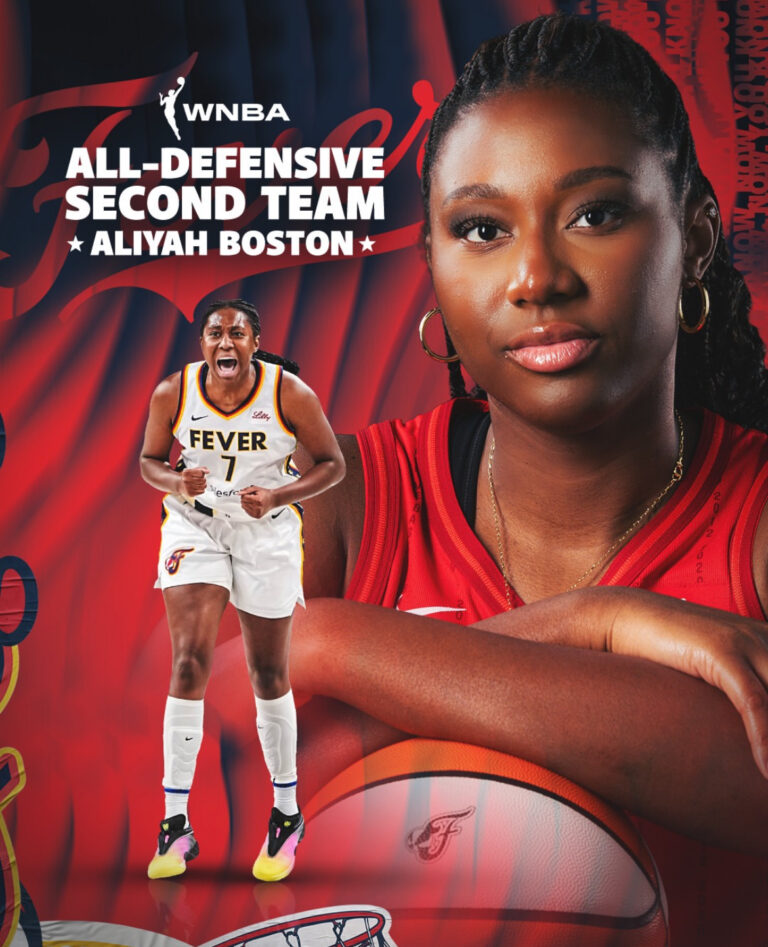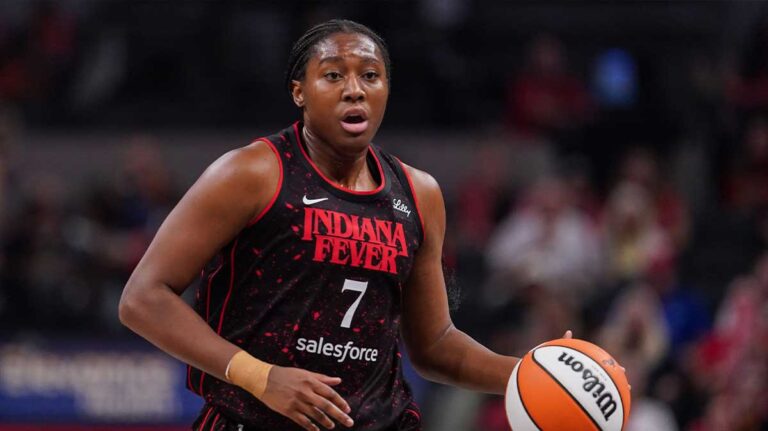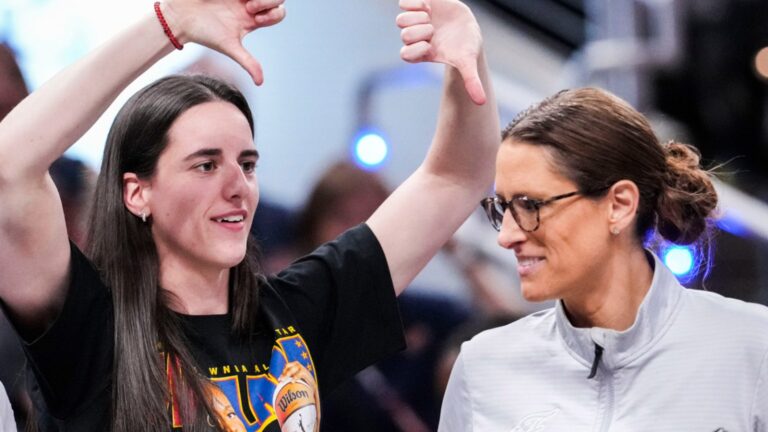
The rivalry between Angel Reese and Caitlin Clark has been a captivating storyline in women’s basketball, fueled by their competitive college encounters and amplified by their transition to the WNBA. Recent headlines, such as those referencing Reese’s supposed fury over stats comparing her to a “baby giraffe” and Clark, have stirred debate among fans. However, these sensational claims often oversimplify the nuanced differences between two exceptional athletes. This article dives into their 2024 WNBA rookie season statistics, addresses the “baby giraffe” metaphor, and explores why comparing Reese and Clark requires more than inflammatory soundbites.
In the 2024 WNBA season, Caitlin Clark, the No. 1 overall draft pick for the Indiana Fever, and Angel Reese, the No. 7 pick for the Chicago Sky, showcased distinct skill sets. Clark, a guard, averaged 16.8 points, 7.8 assists, and 5.9 rebounds per game, with a true shooting percentage (TS%) of 57.7%, well above the league average of 53.5%. Her ability to orchestrate the offense and shoot from deep—reminiscent of Stephen Curry, as some analysts noted—made her a standout. However, her 5.6 turnovers per game and defensive ranking (95th out of 157 players) highlighted areas for growth. Reese, a forward, averaged 13.5 points and 12 rebounds per game, with a TS% of 47.6%, below league average. Her rebounding prowess, particularly offensive rebounds, led to a WNBA-record 10 consecutive double-doubles, and she ranked 29th in total defense, showcasing her physicality.
The “baby giraffe” metaphor, popularized by comedian Aries Spears, emerged from a viral TikTok compilation mocking Reese’s missed layups, suggesting she lacks coordination compared to Clark’s fluidity. Spears’ critique, echoed in headlines like “Angel Reese FURIOUS As NEW Stat Exposes She’s Worse Than BABY GIRAFFE,” exaggerates her offensive struggles. While Reese’s 42% effective field goal percentage (eFG%) lags behind Clark’s 55%, her game isn’t built on shooting efficiency but on relentless rebounding and defensive tenacity. Clark’s perimeter-oriented style contrasts with Reese’s paint dominance, making direct comparisons tricky. The “furious” narrative lacks evidence, as Reese has consistently downplayed personal rivalry, stating on her podcast *Unapologetically Angel* that she and Clark share mutual respect and have competed since their AAU days.[](https://www.essentiallysports.com/wnba-basketball-news-angel-reese-as-uncoordinated-as-a-baby-giraffe-chicago-roots-cant-save-sky-star-because-of-caitlin-clark-rivalry/
Head-to-head, Clark outperformed Reese in their four 2024 matchups, averaging 20.5 points, 10 assists, and 6.5 rebounds to Reese’s 13.5 points, 13.3 rebounds, and 2.3 assists. Yet, Reese’s impact on the glass and defensively often kept games close. Advanced metrics, like Clark’s +3.2 relative TS% versus Reese’s -6.2, favor Clark’s efficiency, but Reese’s +2.1 plus-minus compared to Clark’s -7.3 suggests team impact that stats alone don’t capture. Reese’s role as a rebounding anchor for a Chicago Sky team lacking a true point guard contrasts with Clark’s ball-dominant role on the Fever.
The media’s fixation on pitting Reese against Clark often ignores their contributions to the WNBA’s growth. Clark’s record-setting assists and viewership numbers, paired with Reese’s social media dominance and Unrivaled league performance (including a 20-20 game), have elevated the sport. Reese’s Defensive Player of the Year award in Unrivaled and Clark’s WNBA Rookie of the Year nod underscore their unique strengths. Rather than a “baby giraffe” or a “better than” narrative, both players are redefining women’s basketball in their own way
In conclusion, while Clark’s offensive efficiency outshines Reese’s, the latter’s rebounding and defensive impact are invaluable. Sensational headlines may grab attention, but they distort the truth: Reese and Clark are not rivals to be ranked but complementary forces driving the WNBA forward. Their stats tell different stories, and that’s the beauty of their rivalry)






